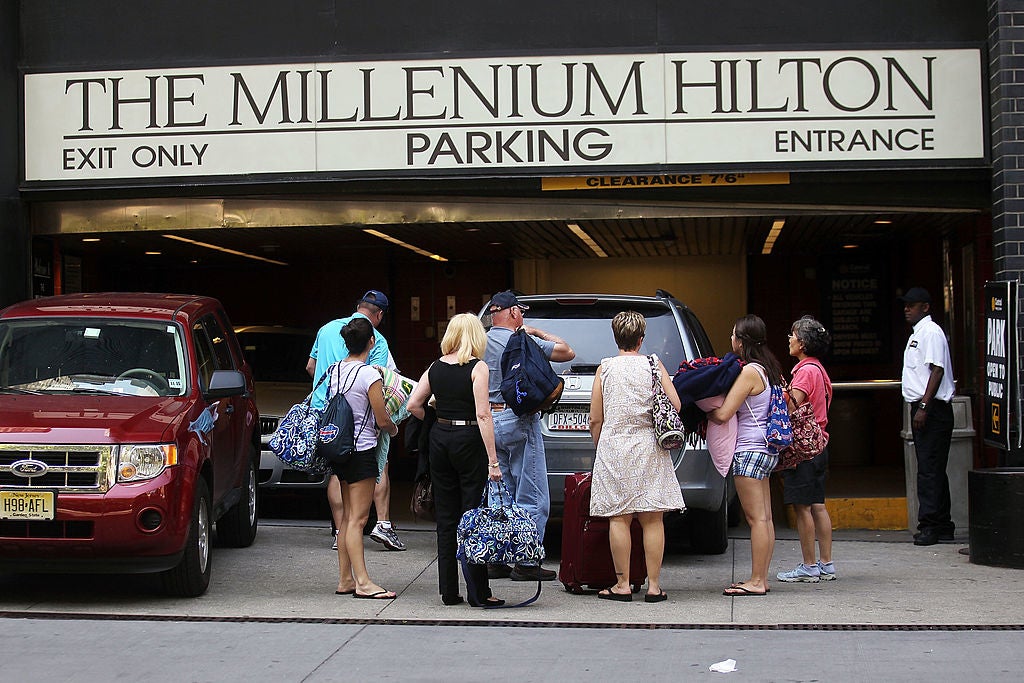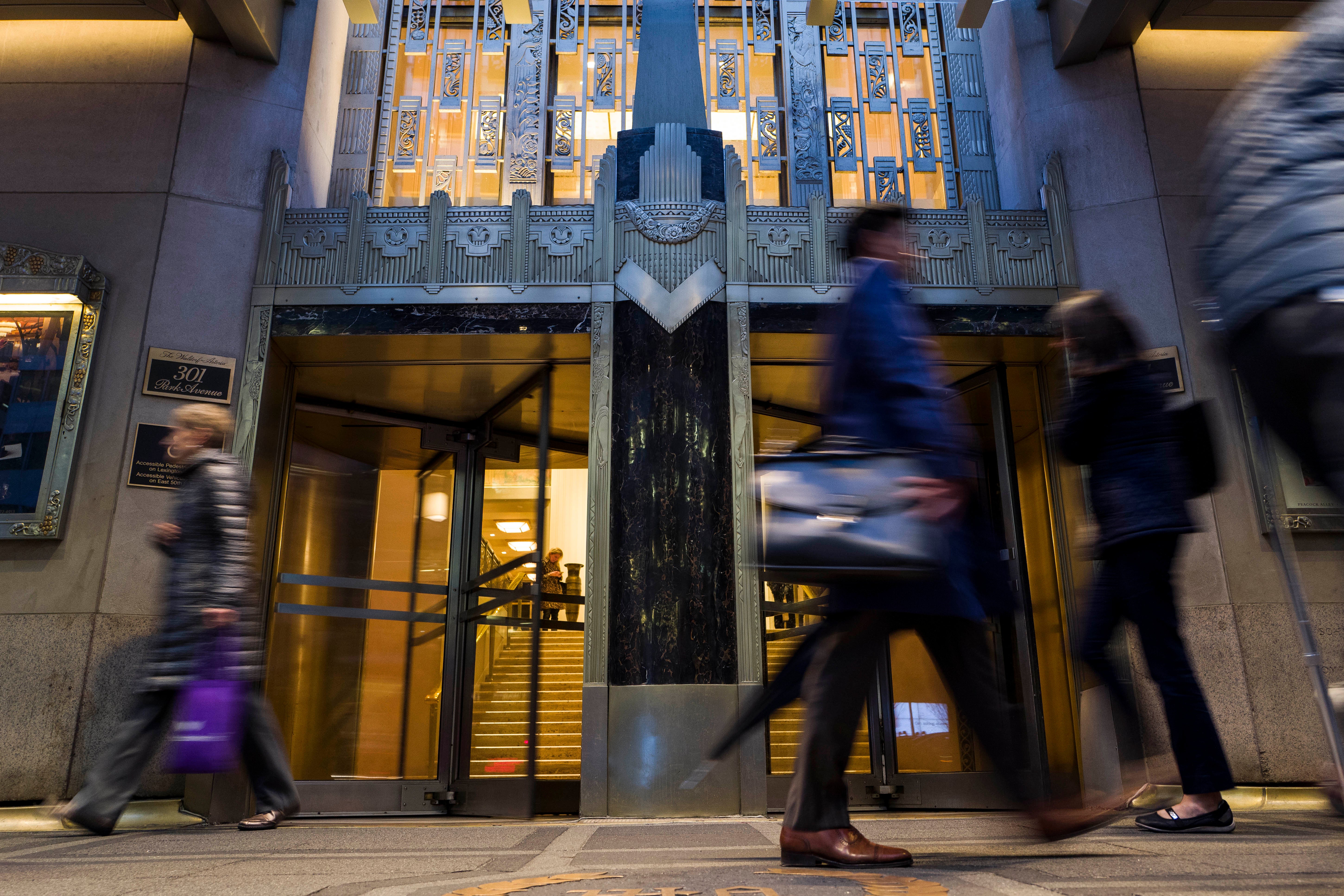Hilton has reported fewer room occupancies at its hotels this year as U.S. travel slumps – with Americans hesitant to spend, and foreigners looking to visit elsewhere.
The hotel giant cut its forecast for 2025 room revenue growth, suggesting that the current weaker demand for vacations within the U.S. will likely persist.
Travel for Americans slowed this year as many households struggle under the impacts of President Donald Trump’s tariffs, rising inflation and the overall high cost of living.
The cost of travel has increased 20 percent since 2019, as the price tag on vacation essentials like gas, hotels, food and recreation continues to climb, according to data from the U.S. Travel Association.
The number of international travelers entering the U.S. has also dropped. This year, the number of people visiting from overseas, excluding Mexico and Canada, declined by 3 million, with experts blaming Trump’s tariffs and aggressive immigration policies.

Geopolitical tensions and political uncertainty are also playing a role. Since returning to the White House, Trump has doubled down on hard-line policies, including reviving a travel ban targeting mainly African and Middle Eastern countries, tightening rules around visa approvals and ramping up mass immigration raids.
As a result, some countries have issued travel advisories, cautioning citizens that a visa or entry waiver may not guarantee entry to the U.S. Several countries have also warned LGBTQ+ citizens that the U.S. may deny entry if a passport has a different gender marker than what was assigned at birth.
Trump has also slapped nearly every country, including allies, with tariffs. The levies, which are typically passed on to the consumer, have led to higher costs for everyday needs as well as big-ticket items like cars and electronics.
Despite those concerns playing a role in slackening demand for hotel rooms, Hilton still reported an increased profit and revenue for the third quarter.
While the hotel chain’s revenue per available room (RevPAR) – a crucial metric in the hospitality industry – dropped 2.3 percent, overall profits rose to $420 million, up from $344 million last year.
The hotel operator’s mid-scale and budget hotels saw a decline in business. But luxury properties were booming, signaling that wealthier travelers continue to spend while average Americans have reined in spending amid economic uncertainty.
Greater spending at Hilton’s luxury properties helped the company’s total revenue soar past expectations. Hilton CEO Christopher Nassetta said in July that he expected demand in the U.S., which accounts for about 65 percent of Hilton’s total rooms, to pick up in the fourth quarter.

The company also expects its full-year revenue, per available room, to grow up to 1 percent, down from its earlier forecast of up to a 2 percent rise.
Hilton isn’t the only hotel chain being impacted by weakened demand for vacations in the U.S.
In August Marriott, the largest hotel chain in the U.S. and globally, cut its full-year forecast for revenue growth and profit, blaming “heightened macro-economic uncertainty” due to trade policy changes. While Marriott’s lower-cost hotels had a decline in business, its luxury brands also saw an increase in room revenue in the U.S. and Canada.
Research firms, CoStar and Tourism Economics, have also downgraded their U.S. hotel growth forecasts for 2025 and 2026 due to “continued underperformance” and “elevated macroeconomic concerns.”
“The slowing U.S. economy should absorb the effects of tariffs without tipping into a recession,” said Aran Ryan, director of industry studies at Tourism Economics. “The current environment—characterized by slowing consumer spending, reduced business capital spending, and declining international visitation—will transition to one boosted moderately by tax cuts and less policy uncertainty as we look to 2026.”
With reporting by Reuters.



